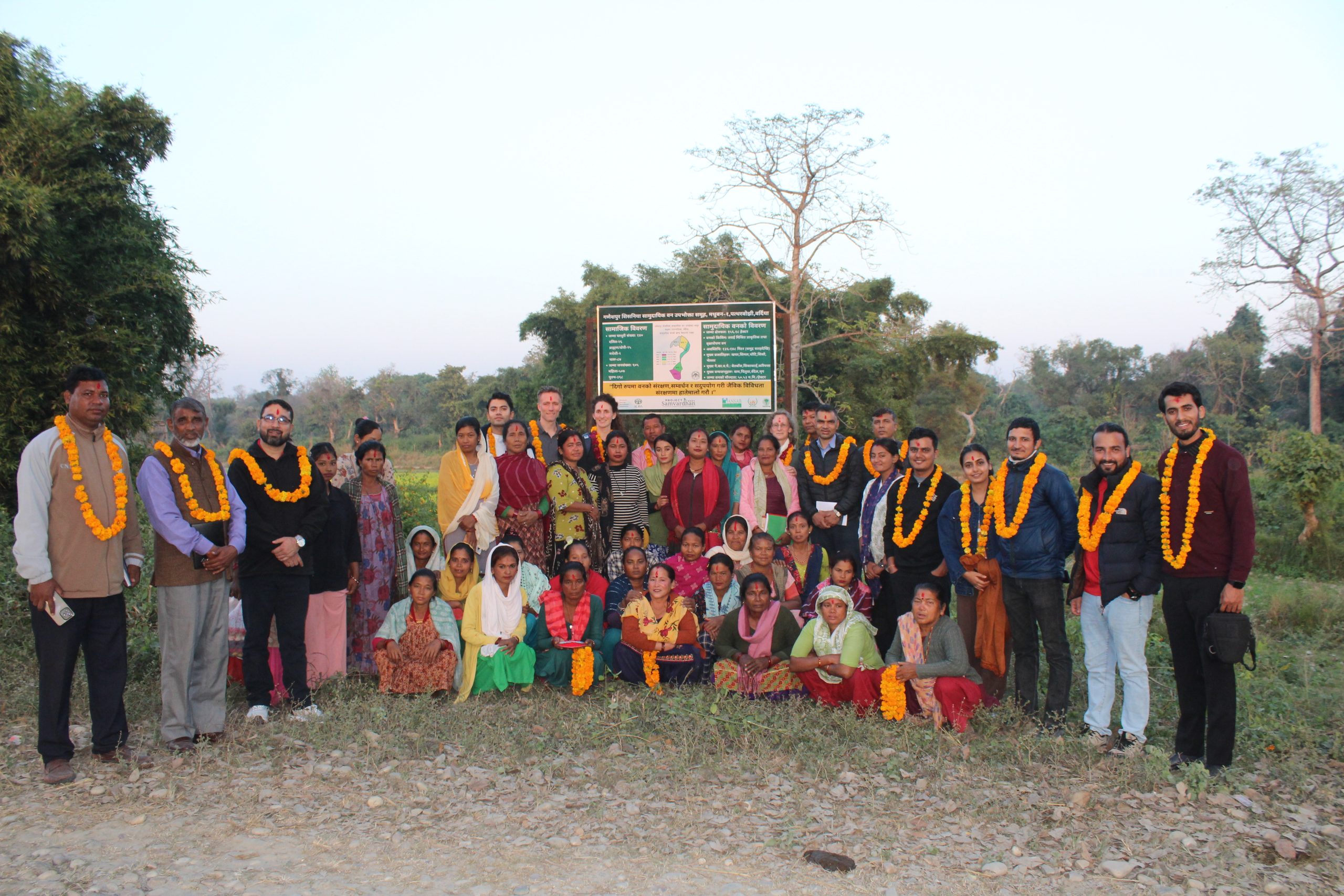Country Director’s Reflections on Visiting Samvardhan Project
This week, I had the privilege of visiting several inspiring
communities engaged in ADRA Nepal’s EU-funded Samvardhan Project in
Bardiya. Hosting representatives from the European Union delegation, we
witnessed firsthand the incredible resilience and determination of people
living on the edge of Bardiya National Park and in the Khata Corridor. These
areas, while rich in natural beauty and biodiversity, are also where
human-wildlife conflict challenges daily life.
Community-Led Conservation
Our visit began with meeting one of the many Community Forest User Groups (CFUGs) supported by the project. Representing 140 households managing over 150 hectares of forest, this group embodies the power of community-led conservation. With the project’s technical support, they have developed a 10-year sustainable forest management plan – an achievement previously beyond their means. Training in governance, leadership, and accounting has empowered members, especially women, to take charge of forest management. And sustainable use of forest resources, such as Rattan and other non-timber products, is creating new economic opportunities while preserving biodiversity.
Empowering Young Conservationists
We also met with students and teachers at a local school whose eco-club is leading the way in raising awareness about biodiversity, climate change, and waste management. Through tree planting, composting lessons, and community awareness events, these students are becoming change agents for environmental stewardship. Sadly, human-wildlife conflict remains a pressing issue, with some children in the community having lost parents to tiger attacks.

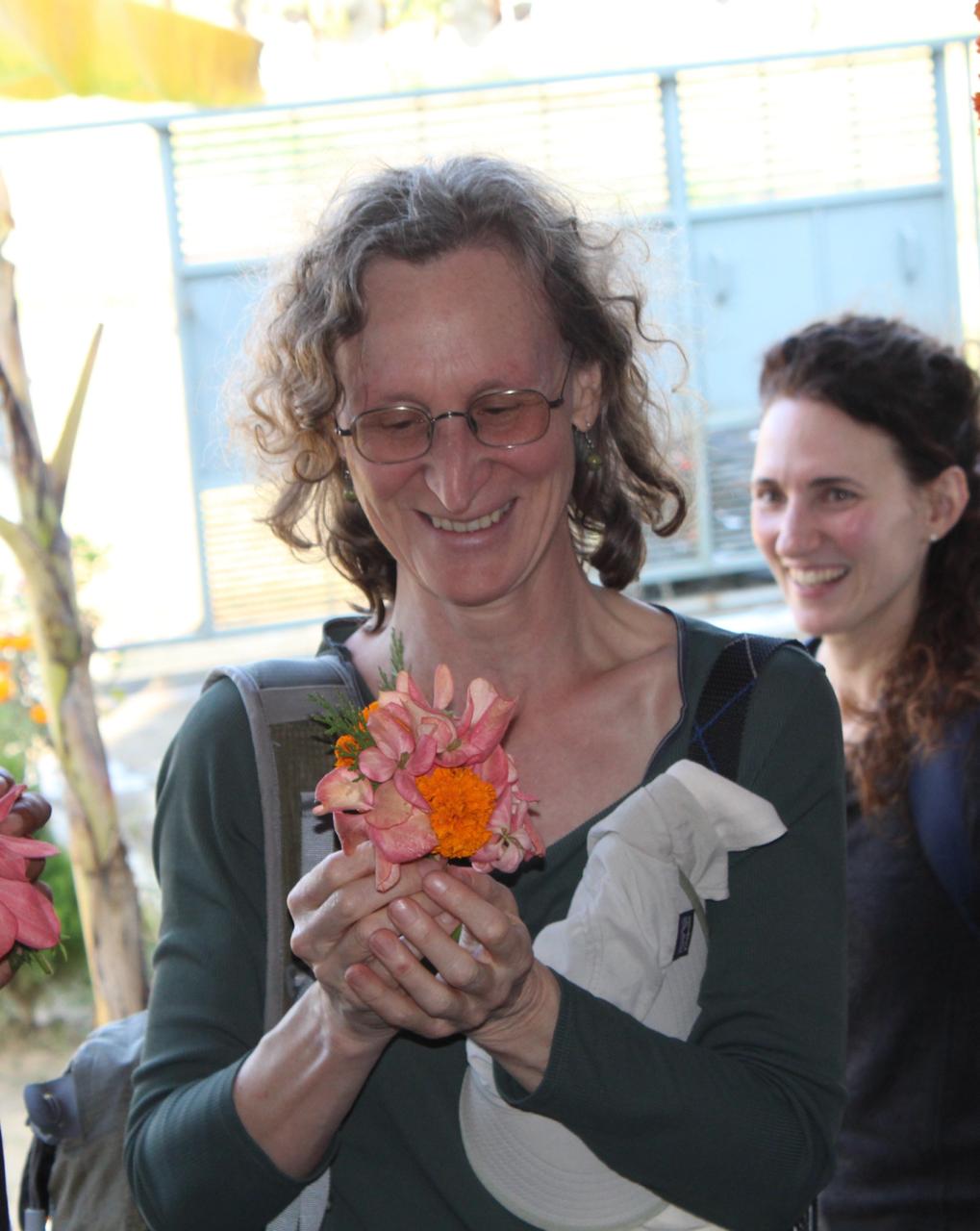
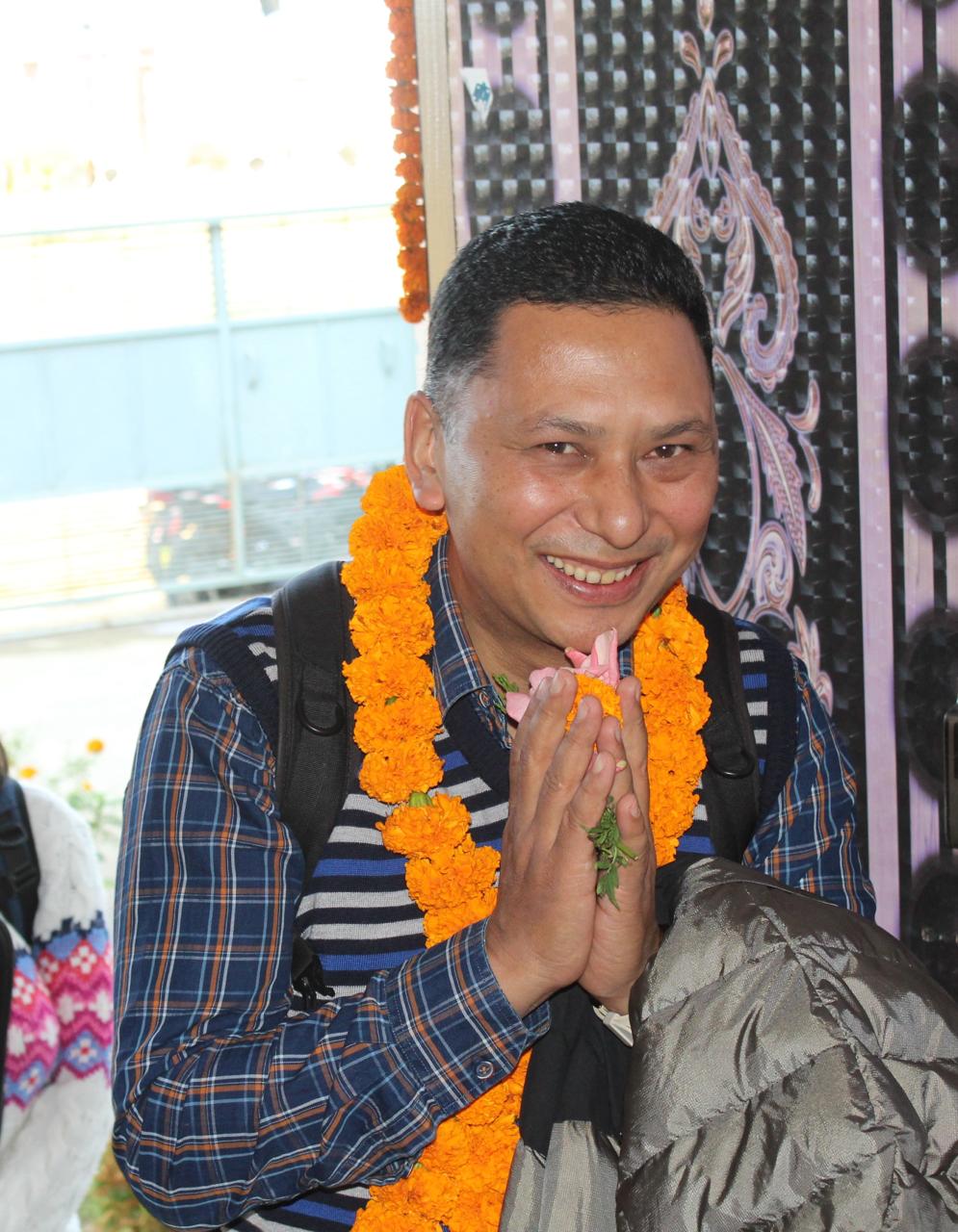
Resilient Farmers and Women’s Empowerment
Visiting a farmer group living right on the edge of the national park as the sun began to set was inspiring. This group of 23 farmers, mostly women, is transforming agriculture in an area where elephants, tigers, rhinos, and monkeys often threaten crops and livelihoods.
Each night, these farmers climb machans—tall wooden lookout towers—to guard their fields and act as an early warning system for their community. Through the project, they’ve adopted wildlife-resistant crops like turmeric, chili, and bitter gourd, which are reducing losses and boosting incomes. A strong savings and credit scheme is also fostering financial independence and empowering women to lead within their community. We enjoyed their kindness and hospitality as they shared Dhikri with us, a steamed snack shaped like a sausage, made from rice flour and cashews, served with spicy chili sauce on eco-friendly plates made from fresh leaves. It was a reminder of their resourcefulness and deep connection to the environment they strive to protect.
Collaborating with Local Government
Our discussions with the mayor and deputy mayor of Madhuwan Municipality highlighted the urgency of addressing human-wildlife conflict. Each year, tigers claim over 400 livestock and 7-8 human lives in the municipality, leaving families emotionally and economically devastated. It was encouraging to see local authorities committed to supporting sustainable eco-tourism enterprises and strengthening conservation laws to protect both people and biodiversity.
Witnessing the courage, resilience, and progress in these communities was inspiring. It is a powerful reminder that collaboration between civil society, local government, and communities can create meaningful solutions that balance conservation with livelihoods.
Thank you to the European Union and the Austrian Development Agency for funding this vital work and to the incredible communities for sharing their stories and inspiring hope for a sustainable future.
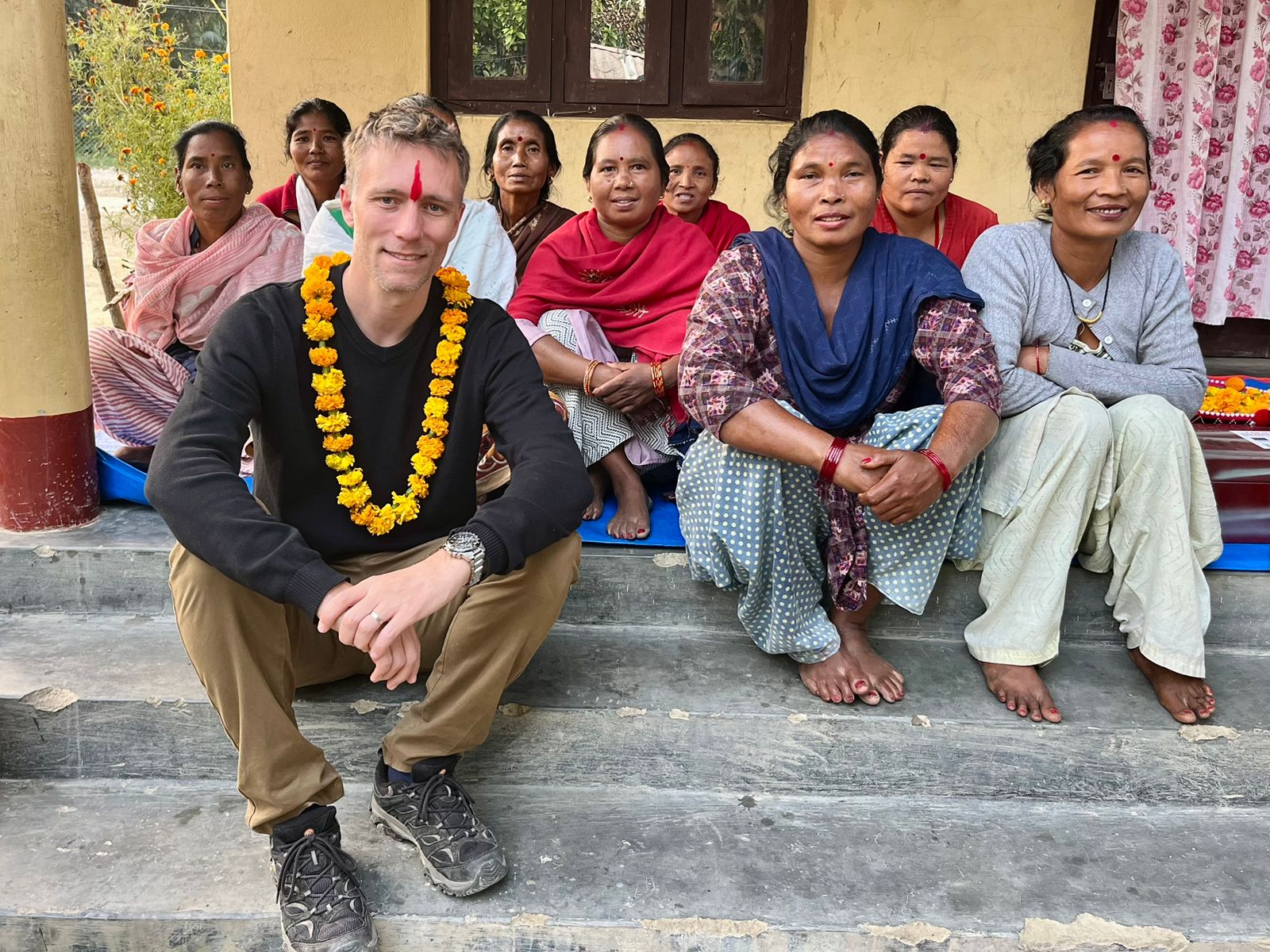
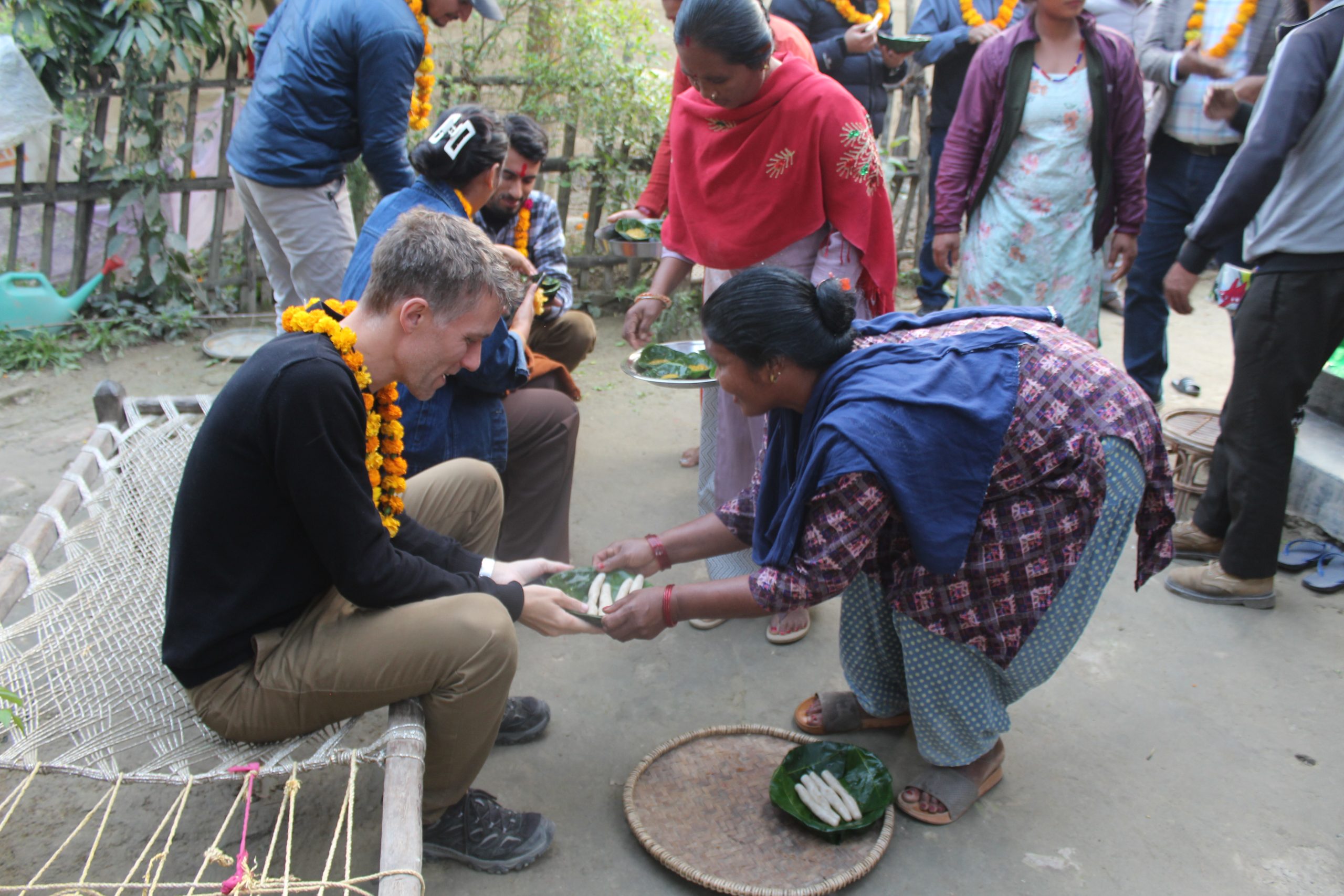
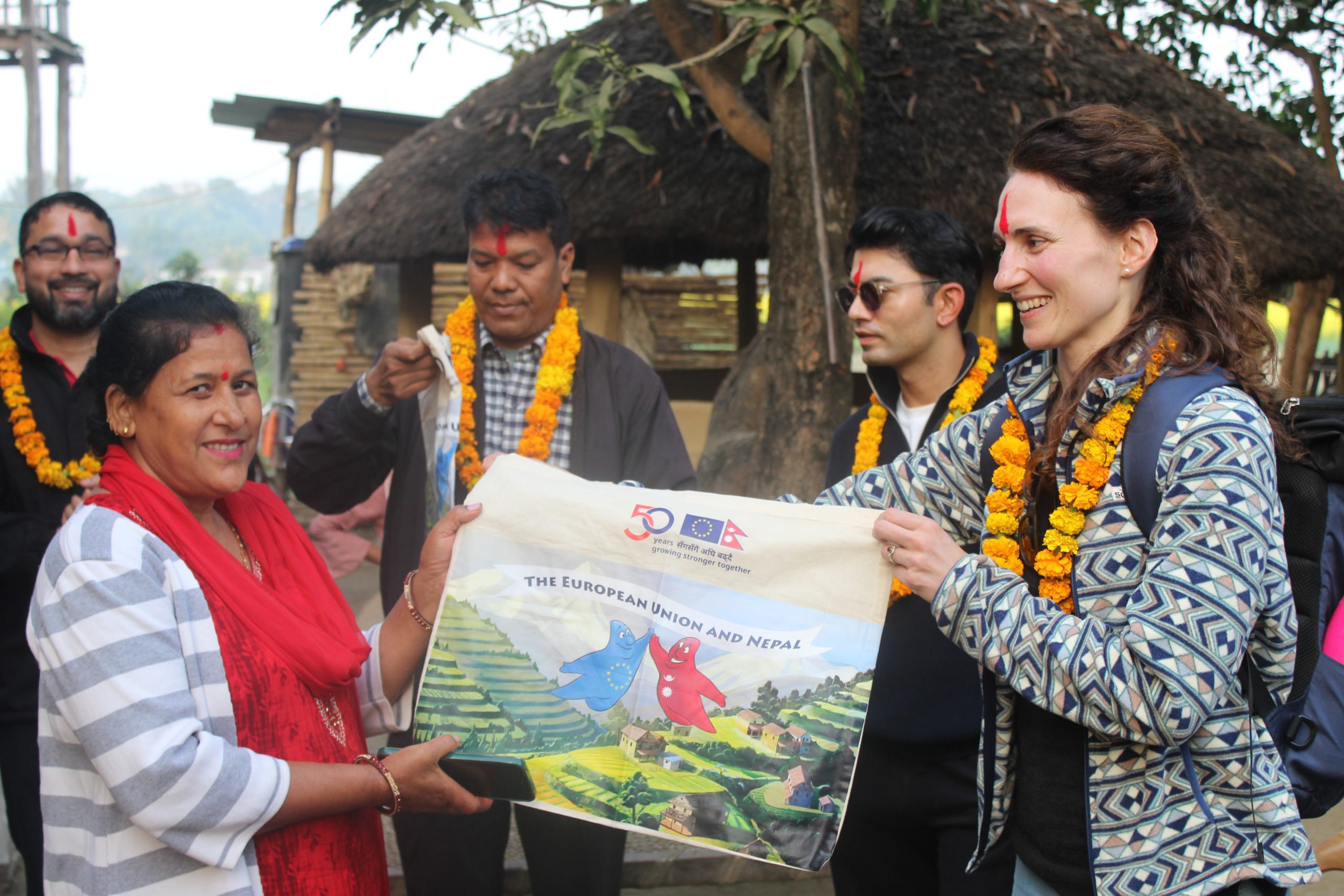
ADRA’s Samvardhan Project – CSO Actions for a Resilient Ecosystem and Community is dedicated to promoting conservation, sustainable resource use, and biodiversity restoration. The project focuses on empowering forest user groups, farmers, civil society, and public/private stakeholders to adopt improved practices for ecosystem management.
With funding from the European Union and the Austrian Development Agency, ADRA is collaborating with its partners—ANSAB Nepal, Federation of Community Forest User Groups (FECOFUN), and Bheri Environmental Excellence Group (BEE Group)—to support over 11,000 people living near Bardiya and Banke National Parks. Together, they are helping these communities address the challenges of human-wildlife conflict and environmental sustainability while preserving their rich natural heritage.
